News 9/3/13
Select Walgreens Healthcare Clinic locations in Indiana will fully integrate their EHR with Community CareConnect, the EMR platform owned by Community Health Network. Healthcare Clinic patients will also have the ability to schedule follow-up appointments with Community Health Network physicians.
EyeMD EMR Health Systems expands its marketing efforts in Canada through a partnership with Winnipeg-based Max Systems, a healthcare billing and scheduling provider.
The IT administrator for a New York orthopedic practice is charged with forgery, criminal possession of a forged instrument, and grand larceny after it was discovered he used a physician’s electronic signature to create a prescription for Percocet.
A Nashville newspaper profiles Urology Associates and Heritage Medical Associates, two of the region’s oldest and largest physician groups, and highlights some of the ways the groups have managed to stay independent and profitable. Heritage’s CEO notes his organization scales its technology and infrastructure to support physicians, while Urology Associates attributes long-range planning and foresight for its decision to implement EMR long before MU legislation. Interestingly, back in my vendor days several years ago, I actually visited both of these practices and even then each was well ahead of their peers in terms technology adoption.
The latest MU numbers from CMS as of July 31: $15.9 billion paid since the program’s inception, including $6.4 billion to 312,000 EPs.
In case you missed it, Dr. Gregg had a great post over the weekend entitled, “Take the Cannoli,” which touches on a darker side of vendor/provider relationships and includes a mention of Practice Fusion’s opt-out approach to sending emails to patients and asking them to rate their physician. Basically, unless a physician opts out of the program, each time a progress note is created in the EHR, the patient is forwarded an email that appears to have come from the doctor and includes a survey. In the last 17 months, patients have submitted almost two million reviews. As Dr. Gregg points out, this wealth of data benefits Practice Fusion far more than its customers.
Like Dr. Gregg, I was a annoyed when I heard about the program. It’s quite likely that no HIPAA or privacy rules are being violated, but it’s troubling that so many Practice Fusion physicians were apparently unaware that the company was sending emails in their name. Practice Fusion contends it communicated details of the program through various channels when it was first initiated and it mentions the program in its current end-user agreement.
At a minimum Practice Fusion has done a poor job of communicating. Because of poor communication, the company now has a number of customers and prospects who view the organization with some degree of mistrust. Perhaps the company will recognize the program needs to be restructured to be opt-in versus opt-out. After all, who wants emails sent in their name without their knowledge?



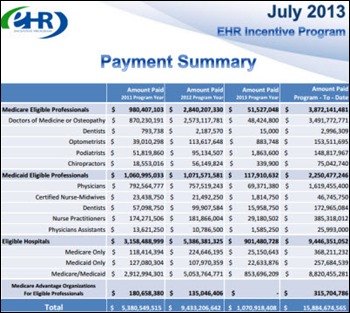
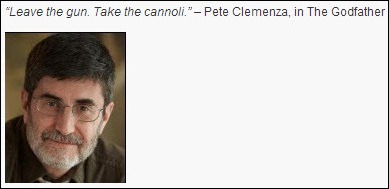

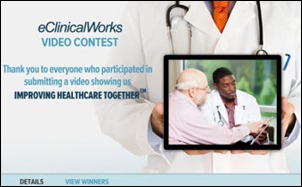
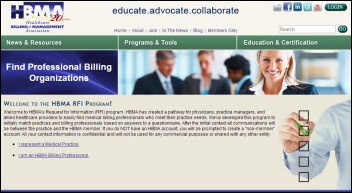


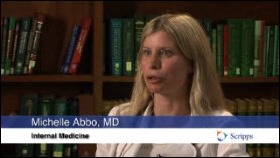
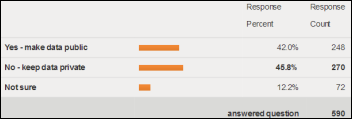

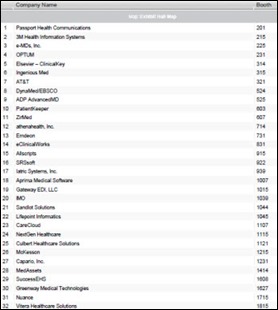
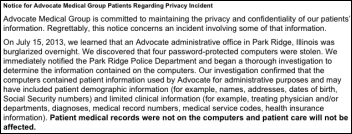
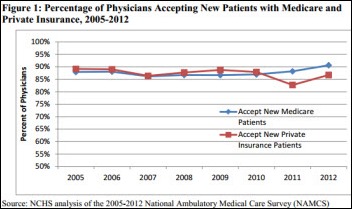

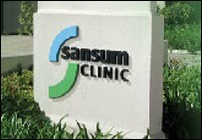
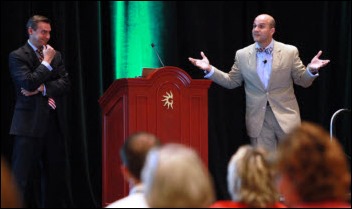









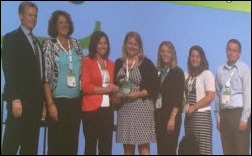
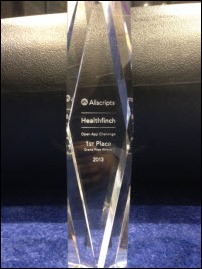
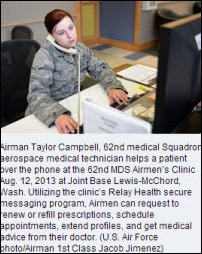

The article about Pediatric Associates in CA has a nugget with a potentially outsized impact: the implication that VFC vaccines…